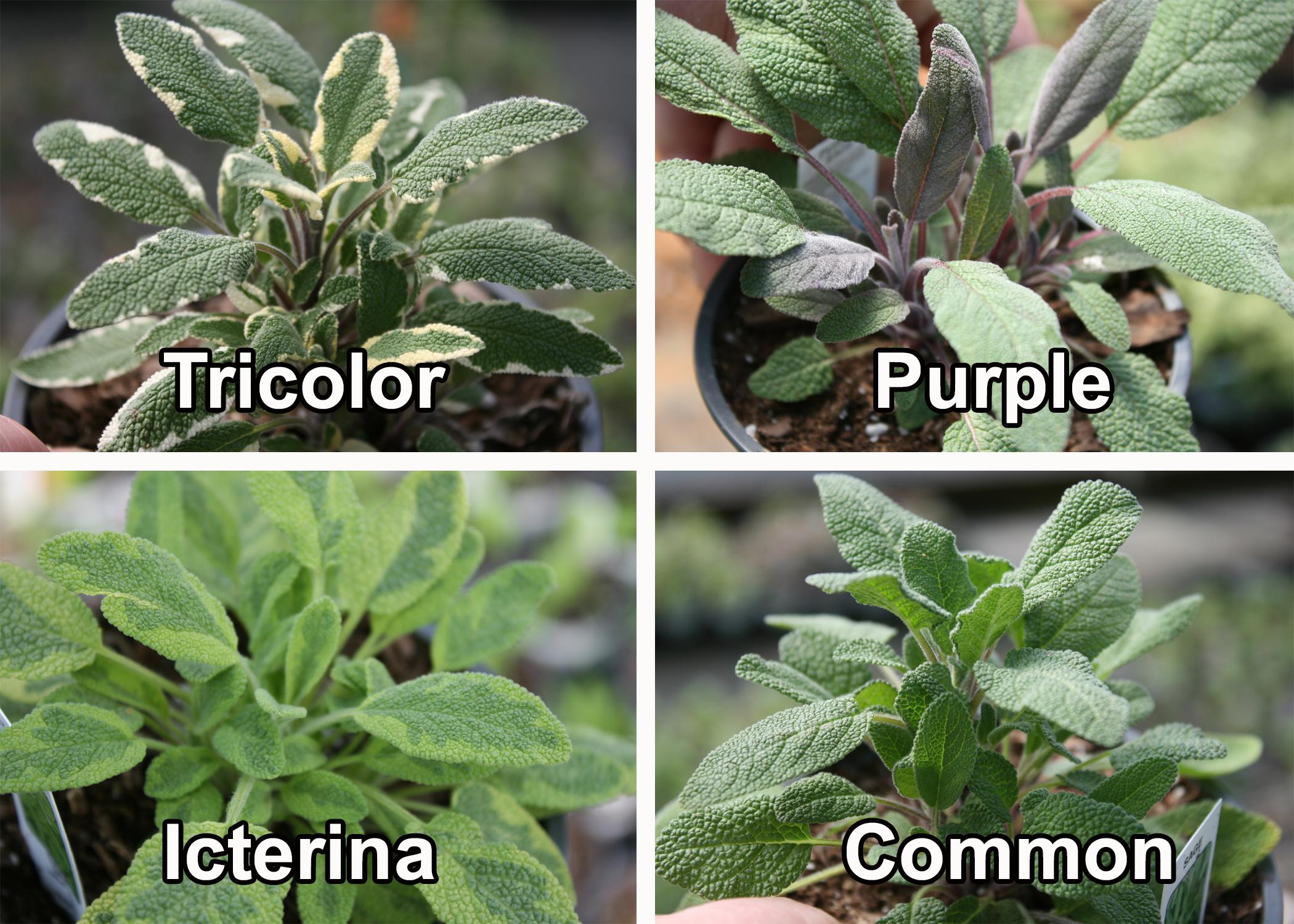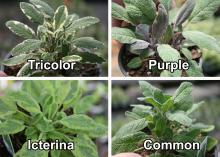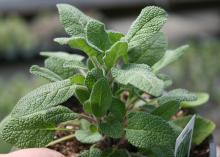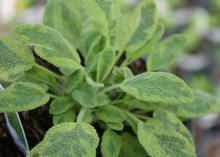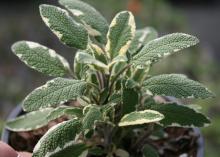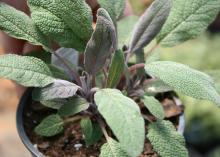Information Possibly Outdated
The information presented on this page was originally released on March 29, 2021. It may not be outdated, but please search our site for more current information. If you plan to quote or reference this information in a publication, please check with the Extension specialist or author before proceeding.
Versatile salvia family includes the herb, sage
Salvia is one of the groups of plants that everyone should have in their landscape.
This plant group has flowers with a wide-ranging color palette and different sizes. Salvias are loved -- by me especially -- because of their ability to attract pollinators, butterflies and hummingbirds.
But there’s another type of salvia that smart gardeners grow, and it’s known botanically as Salvia officinalis. If that doesn’t sound familiar, consider its common name: sage. This salvia is one of the most recognized and used culinary herbs.
Sage is considered a perennial herb, but I find it to be unreliable in years two and three. I take the worry out of the equation and replant each spring.
I love common sage with its grayish-green, coarse leaves, but there are more foliage color options.
Icterina is variegated, with dark-green centers and light, golden-yellow edges. I’ve grown this variety and love how the colors intensify with the cooler air of fall and winter. Tricolor has a beautiful, irregular pattern of variegated green, white and pinkish foliage. The variegated foliage makes this selection the perfect choice for the edible ornamental garden.
Purple Sage is the filler, with textured foliage that emerges a handsome reddish-purple color that also gets bolder in cooler weather.
While it is useful in the garden for its color, don’t forget its value as a great culinary herb. My favorite sage use is with rotisserie chicken, and I stuff fresh sage underneath the skin.
At my house, we also harvest fresh leaves to dry in our dehydrator for recipe use later. Dehydrating is easy; just remember to set the temperature about 95 degrees. In my experience, dehydrating at higher temperatures results in dried sage that has an unappetizing, gray color.
Sage is an easy herb to grow in either a raised bed or container. Once established in the spring, sage has the ability to handle droughty summer weather. In fact, like many herbs, the heat of summer can intensify its wonderful essential oils. But this comes at a cost of reduced leaf production, so keep the plants well hydrated to maintain an ample supply of aromatic foliage.
There really is only one thing that will decrease your success growing sage, and that is keeping the plants too wet. This is why growing them in containers using well-drained potting soil is my No. 1 choice. Raised beds come in a close second because of their enhanced drainage.
I recommend pinching out the flowers when they form during the summer months to keep the leaf production going. I also go against some of the herbal “sage advice” and add a little fertilizer during the year to help promote more foliage growth.

